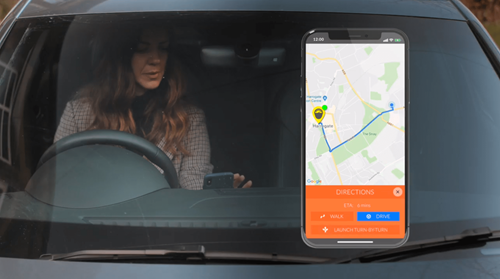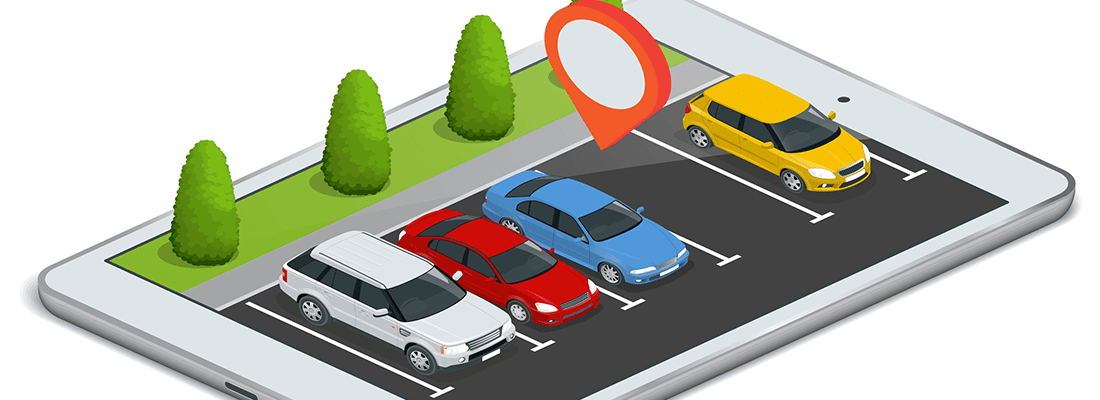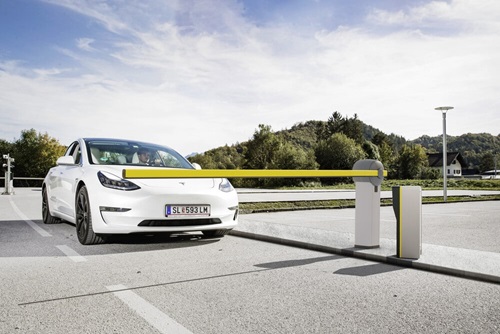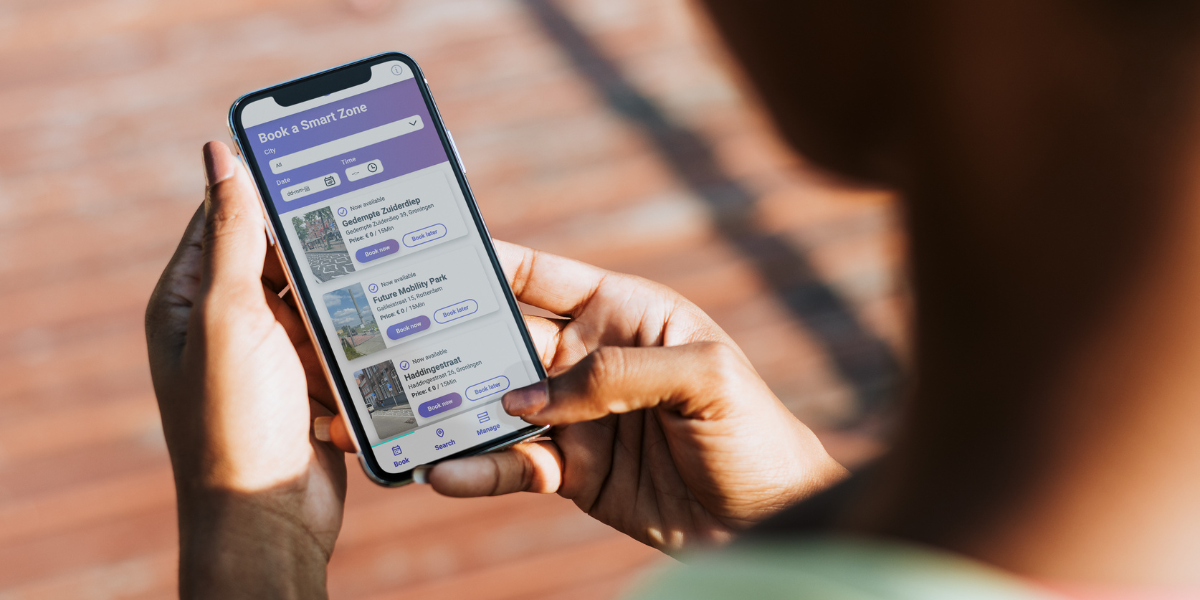Loading component...
Another bonus of implementing a touchless, clickless system is that higher penetration of enabled car parks equates to higher compliance to parking regulations and thus longer lengths of stay and, crucially, higher revenue generation for the local economy in the post-Covid world.
Paul Bowman, Coventry City Council’s parking services manager says: “Hozah allows drivers the opportunity to experience fully automatic, frictionless parking and is another step towards making Coventry City a truly connected Smart City. It is of paramount importance that truly touchless systems are readily available following coronavirus. With Hozah drivers are offered the safest possible way to pay while at the same time, leading to higher revenue generation for Coventry’s local economy.
Touchless parking has numerous benefits. No stress. No hassle. No contact. No penalty charge notice. No time limit. No app. No cash. No awkward phone call from a wet and windy car park. An increase in local business revenue and a much-needed and timely boost to the economy.
“The conversation has changed over the past few months,” says Naomi Bishop, co-founder and operations director of Hozah. “When we’re talking to councils and local authorities now the wording has changed subtly from discussing implementing one of our systems ‘with’ someone else’s or something else, to a Hozah-only solution. They can see that we’re in the business of generating revenue for them.
A twin-win situation
So, it would seem, all of the new parking trends and innovations identified so far have either been fashioned, heightened or propelled by the coronavirus. That it’s taken a global pandemic for local and national authorities to become more receptive to new ideas is perhaps material for another article but let’s just focus on the eyes that have already been opened and, like AppyWay’s Head of Mobility, Kerbside and Parking Solutions, Ben Boutcher-West, accentuate the positive.
“During the pandemic we have seen a range of changes to our road network, the increase of temporary cycle lanes, linking the capital and other urban centres in new cycle highways, the suspension of parking payments in many towns to support free movement during the crisis and encourage people to city centres using cars to reduce human contact. We have even recognised a more relaxed approach to enforcement generally while delivery vans and logistics traffic kept pace with the greatest home delivery demand the UK has seen."
“The challenge that each of these changes share has been the creation, implementation and maintenance of the new services, and their impact on existing regulation orders. We applaud many of the changes to maintain safe access choices for as many people as possible during the pandemic but have noted that the creation, for new cycle lanes as one example, has been especially problematic.”

“To manage all these changes, reduce costs and remain an active controller of services at the kerbside, all local authorities are going to need digital twins of their regulation orders, in accurate maps, that can be easily shared and exchanged."
Boutcher-West explains that many moving traffic orders (MTOs) and traffic regulation orders (TROs) remain text-based, making the process of review and amendments time-consuming and costly to local authorities to implement. Once implemented, the task of maintaining a digital ledger of their location, health, and eventual maturity is labour-intensive. Legacy systems that do digitise regulation enjoy little integration across different government departments.
“The Covid-19 related changes happened quickly and saw a great impact on our urban design. Impact on the very same streets that over the next 10 years are going to undergo constant evolution as EV uptake increases and we see further penetration of services such as car clubs, and shared and active transport modes at scale,” he says. “To manage all these changes, reduce costs and remain an active controller of services at the kerbside, all local authorities are going to need digital twins of their regulation orders, in accurate maps, that can be easily shared and exchanged across varying departments within the transport sector, and have them reviewed in real time. This digitisation is also essential for the public to consult upon many of these complex and often political kerbside changes.”
As for an identifiable trend, Boutcher-West is keen that at least some of the temporary measures brought in earlier in the year are made permanent. “From all the change the pandemic has brought, I’d like to see a spotlight is shone on the need for further uptake of digital TROs and MTOs as a standard, along with funding, within our local authorities to implement these services. We have seen that the demand for digital TROs has been expedited and in addition we are also enjoying the increased demand for further integration with our partners, like Elgin, to deliver the full potential of digital regulation orders for local authorities.”
A further benefit of digitisation within the local authority, says Boutcher-West, is the ability to exchange data accurately and in real time to “those who need it most, those who enjoy access in our cities to benefit from employment, education and healthcare for example, through APIs and SDKs. All of this is only possible through a digitised kerbside and digitised regulations.”
If our experts are correct then the future of parking is going to be touchless, cleaner, greener, licence-plate based and digitised, fuelled by behaviour, compliance, policy and technology. At the end of the day we’ll still be parking our cars between painted white lines but in real terms that’s where the old normal ends.
Do you have an innovation, research results or an other interesting topic you would like to share with the professionals in the infrastructure, traffic management, safety, smart mobility and parking industry? The Intertraffic website and social media channels are a great platform to showcase your stories!
Please contact our Sr Brand Marketing Manager Carola Jansen-Young.
Are you an Intertraffic exhibitor?
Make sure you add your latest press releases to your Company Profile in the Exhibitor Portal for free exposure.
Loading component...
Get up to speed on the mobility industry - our newsletter straight to your inbox!




